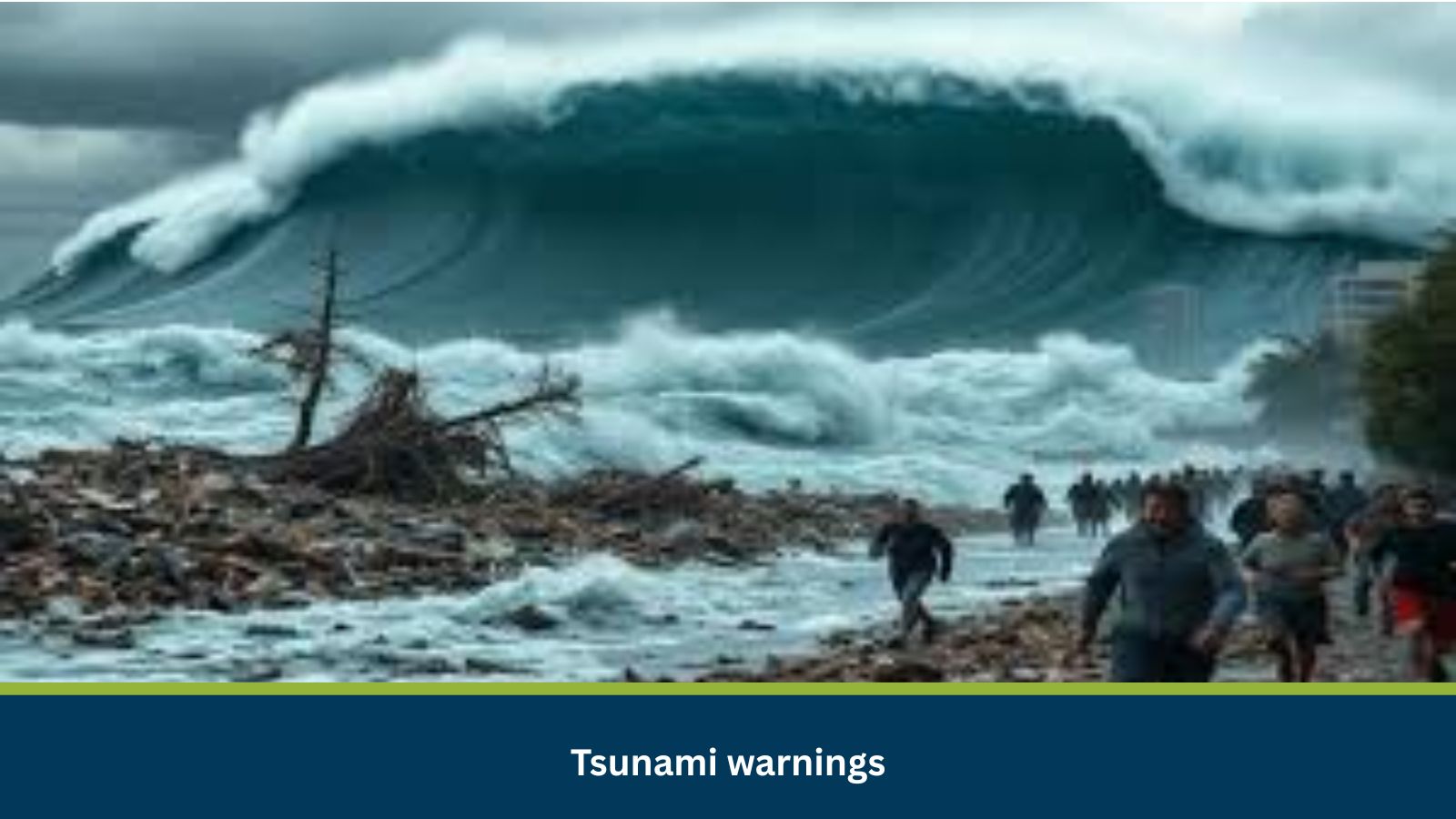A tsunami advisory was issued on 30 July following an earthquake near Kamchatka, affecting Japan, Philippines, Taiwan, New Zealand, and other nearby countries. This event poses a low risk of destructive waves, primarily impacting maritime activities and requiring public vigilance.
What is Risk Analysis in the Context of Natural Disasters Events?
Natural disaster risk assessments evaluate how events like tsunamis impact coastal areas, public safety, and economic activities. They are crucial for preparedness and mitigation. This tsunami advisory, issued after an earthquake near Russia’s Kamchatka Peninsula, signals a low-severity natural disaster event. The analysis focuses on expected minimal disruptions and outlines proactive measures to safeguard personnel and assets, as historical data for similar advisory-level events consistently shows limited impact.
Executive Summary
- Date of Incident: 30 July 2025
- Location: Japan, Philippines, Taiwan, New Zealand, India (Coastal Areas)
- Risk Category: Natural Disasters
- Severity Score: 2/5
- Confidence Level: 90%
A tsunami advisory was issued following an earthquake near Russia’s Kamchatka Peninsula on Wednesday (30 July), affecting Japan, Philippines, Taiwan, New Zealand, and other nearby countries. Based on historical data for similar advisory-level events from the Kamchatka region, widespread destructive waves are unlikely. Past events consistently show minimal coastal impact, typically minor sea level fluctuations or strong currents. The primary concern is localized disruption to maritime activities and heightened public vigilance, not catastrophic damage or loss of life. We forecast the elevated risk to be within 24-48 hours. Severity is low, reflecting the typical outcome of an advisory.
Known Hotspots and Sensitive Areas
Sensitive areas include critical infrastructure like nuclear power plants (e.g., Fukushima Daiichi), major coastal ports (e.g., Port of Tokyo, Port of Manila, Port of Auckland), and low-lying residential coastal communities across Japan’s Pacific coast, eastern Philippines, Taiwan’s east coast, and New Zealand’s North Island east coast.
Impact on Transportation and Services
- Road Closures: Temporary closures of roads leading directly to beaches or low-lying coastal access points may occur for public safety.
- Travel & Mobility: Temporary suspension of coastal ferry services, restricted access to beaches and small boat operations are common. No widespread disruption to air or major land transport is expected.
- Utility Damage: Minimal risk to major infrastructure; potential for minor disruptions to coastal utilities (e.g., docks, beachfront facilities) from strong currents but not widespread outages.
- Business Operations: Minor, localized disruptions to coastal businesses and maritime activities are typical, with no widespread operational halts.
Recommended Actions
- Emergency Response & Evacuation: Activate pre-defined emergency plans for coastal facilities, prioritizing immediate evacuation to safe muster points. Ensure rapid personnel accountability and provide updates on safe routes, adhering to local advisories.
- Asset Protection & Site Security: Implement rapid asset protection for physical infrastructure and critical equipment. Secure or elevate movable assets, shut down non-essential utilities, and prepare for water intrusion.
- Crisis Communication: Establish clear internal and external communication channels for real-time updates on operational status, employee safety, and service availability. Proactively communicate potential service disruptions to clients.
- IT Disaster Recovery: Verify the integrity and accessibility of off-site data backups and critical IT infrastructure for business continuity. Ensure remote access capabilities are functional.
Emergency Contacts
- Police: Japan: 110 | Philippines: 911 | Taiwan: 110 | New Zealand: 111
- Fire Department: Japan: 119 | Philippines: 911 | Taiwan: 119 | New Zealand: 111
- Ambulance: Japan: 119 | Philippines: 911 | Taiwan: 119 | New Zealand: 111
Official Government Websites:
- Japan Meteorological Agency (JMA): https://www.jma.go.jp/jma/indexe.html
- Philippine Institute of Volcanology and Seismology (PHIVOLVCS): https://www.phivolcs.dost.gov.ph/
- Taiwan Central Weather Administration (CWA): https://www.cwa.gov.tw/eng/
- National Emergency Management Agency (NEMA) New Zealand: https://www.civildefence.govt.nz/
Final Thoughts
The baseline scenario expects the tsunami advisory to be lifted within 24-48 hours with minimal sea level changes and no significant damage. A moderate escalation could see localized surges cause minor damage to small boats or piers, with some advisories potentially upgraded. A severe escalation, though low probability, involves an unexpected larger tsunami causing widespread evacuations and significant coastal infrastructure damage. Businesses should prioritize people safety and adhere to official advisories.
Stay ahead of operational risks with real-time alerts, scenario modeling, and expert advisories with datasurfr’s Predict.
MitKat helps organisations navigate uncertain times by providing comprehensive insights about the evolving risk landscape. We offer various services including Risk consulting and Security Design, Protective Services, and cyber security services which ensure organisations become Risk Intelligent. Our AI-powered operational risk monitoring tool, datasurfr combined with expert insight enables companies to stay abreast of evolving operational risks and emerging developments.






